12 Effective Baba Ramdev Yoga Exercises For Eyes
Keep your eyesight in good condition by spending just a couple of minutes every day.
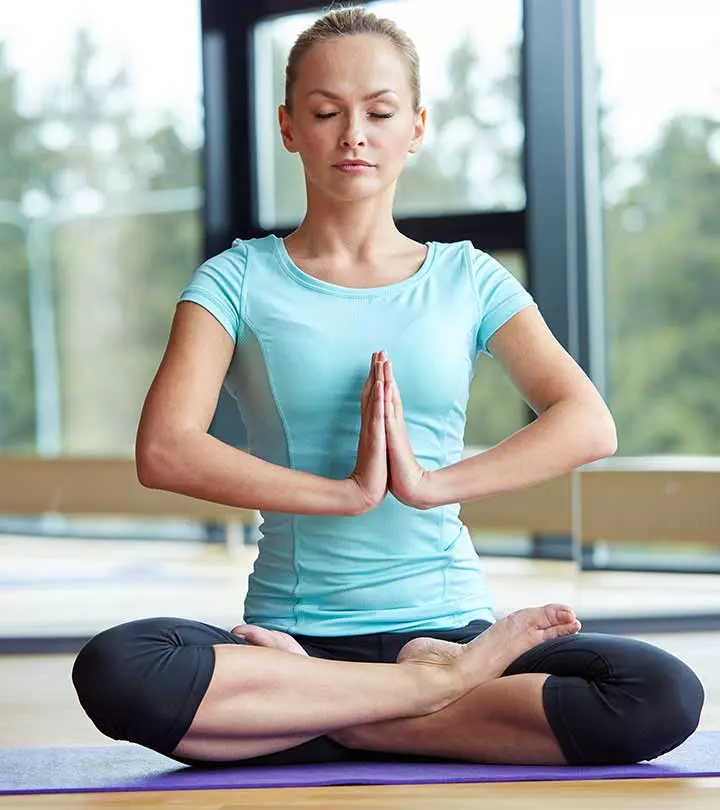
Image: Shutterstock
The eyes are among the most delicate and essential organs of the body. In today’s digital age, eye strain, blurred vision, and other eye-related issues are increasingly common. Luckily, incorporating Baba Ramdev’s yoga exercises for the eyes into your routine can help address these issues. The yoga exercises, inspired by the renowned yoga guru Baba Ramdev, offer a natural and holistic approach to maintaining healthy eyesight. They combine gentle eye movements and breathing techniques that are easy to follow and suitable for people of all ages. Continue reading to understand the unique aspects of Baba Ramdev yoga and explore the exercises for healthy vision!

In This Article
Baba Ramdev Yoga
Baba Ramdev is a yoga guru from India. He popularized yoga practice through television and yoga camps in India and a few other countries.Pranayamai The act of controlling one’s breath, which is a crucial part of yoga, an activity that promotes both physical and emotional wellness. and some other yoga poses that heal certain illnesses are the focus of his yoga. We have discussed Baba Ramdev Yoga exercises for the eyes in this article. Let’s take a look at a few of them.
 Did You Know?
Did You Know?Key Takeaways
- Baba Ramdev’s eye yoga poses aim to enhance vision and ward off eye issues.
- Palming, Blink and Focus, Shifting Gaze, Eye Rotations, and Trataka are some of the most common yoga positions.
- These exercises aid in stress reduction, blood circulation improvement, and eye muscle relaxation.
- Regularly performing Baba Ramdev’s yoga poses will enhance vision, prevent eye strain, and lower the risk of eye issues.
Baba Ramdev Eye Exercises
Baba Ramdev suggests these easy and effective exercises to improve eye health. These are easy techniques that anyone can follow.
- Eye Rotation- Up And Down
- Eye-Rotation- Sideways
- Eye-Rotation- Clockwise And Anti-Clockwise
- Palming
- Trataka
- Bhastrika Pranayam
- Kapalbhati Pranayama
- Bahya Pranayam
- Anuloma – Viloma Pranayama
- Udgeeth Pranayama
- Agnisara Kriya
- Shavasana
1. Eye- Rotation- Up and Down

Procedure: To do the up and down eye rotation, sit on the floor with legs stretched out. Keep your back and head erect. Place both your hands on the respective knees.Close your right fist and place it on your right knee with the thumb facing upwards. Keep your gaze fixed on any object in front of you. Now, breathe out deeply and take your gaze upwards, keeping your head fixed. Breathe in and get back your gaze to the object. Do the same from lower gaze to upper gaze. Repeat the same procedure with the left fist on your left thigh. Close your eyes for 15 seconds before repeating the exercise. Do the exercise 10 times.
2. Eye-Rotation- Sideways
Benefits:Side movement of eyeballs is good for people with myopia and hypermetropiai A condition in which the image of a nearby object is formed behind the retina, which makes it difficult for a person to see nearby objects. .Procedure:
To do sideway rotation, sit down in Padmasana keeping your head and back erect. Stretch your arms forward with your fists clasped and closed and thumbs facing upwards, replicating the Linga mudra. Keep your gaze fixed on the thumbs. Bring the clasped fists closer to your eyes, placing them in between your eyebrows. Move the fists to the right, with your eyeballs following the path. The head should remain straight while doing so. Bring the fists back to in between the eyebrows with your eyes following back. Repeat the same on the left side. Repeat the entire procedure ten times, closing your eyes for 10 seconds after every repetition.
3. Eye-Rotation- Clockwise and Anti-Clockwise
Benefits:Clockwise and Anti-clockwise rotations relax the eyes and safeguard them from any diseases and disorders.
This exercise is ideal for those who spend long hours in front of the computer.
Procedure: To do this rotation eye exercise, sit down in Padmasana with your head and spine erect and hands resting on your knees in yoga mudra. Lift the right fist with thumb facing upwards. Keep your elbow straight while doing so. Focus your eyes on the thumb, keeping your head straight. Move your thumb clockwise with your gaze following it. Repeat this five times and do the same anti-clockwise for another five times. Repeat the entire process by shifting your gaze towards the left thumb.
4. Palming

Benefits: Palming is warming up your eyes for better circulation. This eye workout is a quick and easy way to relax your eyes. It improves blood circulation and keeps tiredness and puffiness at bay.
Procedure: To do Palming, sit in a comfortable position. Rub your palms against each other, vigorously until you can feel the heat radiating from them. Place the palms over your closed eyes and feel the warmth spreading.
5. Trataka
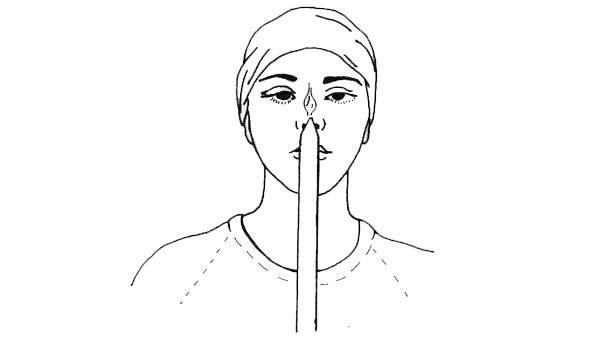
Doing so improves your concentration and vision. This eye exercise lowers high myopic eye powers.
Procedure: Sit down comfortably, either in Padmasana or Vajrasana. Place a candle about two feet from where you are sitting. Light the candle and gaze at the flame without blinking. You can count numbers in your head to keep track of time and for your mind to not waver. Look as long as you can. The longer you do, the better.
 Quick Tip
Quick Tip6. Bhastrika Pranayama
Benefits:Bhastrika Pranayama boosts blood circulation to the head and improves vision.
It also refreshes your physical and mental being.
Procedure: Sit down in Padmasana with your spine erect. Using your right thumb, close your right nostril. Inhale and exhale forcefully and quickly through your left nostril. Do this about 20 times. You can feel your abdominal walls bellowingi To yell loudly or create a loud, deep sound. Animals do this to express their grief or anger to others. while doing the exercise. Make your last breath, long and profound. Now, repeat the same process on your right nostril with the left thumb closing the left nostril. Finishing the exercise on both the nostrils makes for one bhastrika. Relax for about 30 seconds and repeat the entire process again. Do it for about 10 minutes.
7. Kapalbhati Pranayama
Benefits:
Cleanse your lungs and improve your circulation for a better vision with this skull shining breathing exercise. This is a very powerful exercise that ensures you a flatter tummy, better vision, lustrous hair, and much more. The inhalation is almost nil while exhalationsi The outward movement of an organism’s respiratory stream. In humans, the air flows through the airways and leaves the bronchial tubes. are powerful and in rapid succession.
Procedure: Sit in a comfortable position. It could be Padmasana, Sukhasana, or Vajrasana. You can allow yourself to be supported by a wall, if you have back pain, as this breathing exercise is a powerful one and beginners could find themselves subjected to back ache.Close your eyes and keep your hands in yoga mudra.Focusing on your lower abdomen, make a quick inhalation followed by powerful and quick exhalations, [about 8 to 10 per inhale-exhale cycle for 1 to 2 seconds], to start with. A beginner can keep her hand on the belly as she might find it difficult to concentrate during the initial repetitions.Increase the number of cycles slowly. With regular practice, you can reach up to 100 counts.
8. Bahya Pranayam
Benefits:
Along with being an excellent way to improve the circulation and cleanse the lungs, this also helps in easing disorders associated with reproductive organs. Make sure that this pranayama is performed on an empty stomach.
Procedure: Sit comfortably in Sukhasana or Padmasana. Inhale deeply and empty your lungs with a forceful exhalation. Now, holding your breathing lock your chin with the chest. This is known as the Jalandhar’s Bandha. Pull your belly inwards as much as possible so that it comes closer to your spine. This is known as the Uddiyana Bandha. Now, hold the groin muscles upwards or hold yourself in Moolabandha. Hold the Bandhas together for about 10 to 15 seconds to start with. Taking a deep breath, release the Bandhas. Repeat for about 2 minutes, to begin with, increasing the time from 5 to 7 minutes.
9. Anuloma – Viloma Pranayama
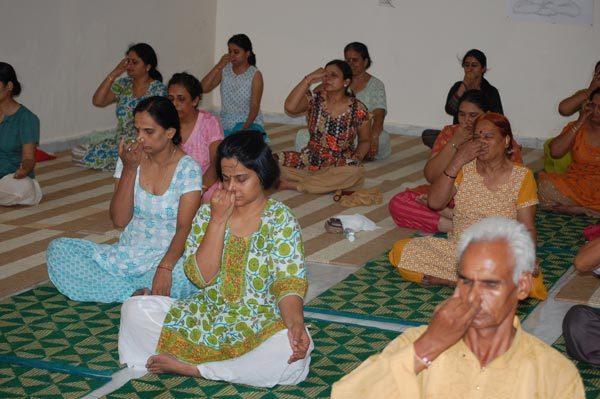
Benefits: This is the easiest of the pranayamas and is also known as the alternate nostril breathing exercise.
Procedure: Sitting in Padmasana or Sukhasana, stretch out your hands, resting the palms on your knees in yoga mudra. Lift your right hand in Pranayama mudra. Using the thumb, close the right nostril. Take a deep inhalation with the left nostril. Closing the left nostril, allow exhalation through the right nostril. Now, inhale through the right nostril and allow exhalation via left nostril. This completes one round of Anuloma – Viloma Pranayama.Repeat for 10 to 15 times to start with, increasing to 50 to 75 times, gradually.
10. Udgeeth Pranayama
Benefits:
This is basically a meditation exercise, wherein you are expected to chant “OM”. This is ideal for those who want to relax. Kids can practice this to boost their memory power. This breathing exercise involves inhalation and exhalation of longer duration.
Procedure: Sit comfortably in Sukhasana or Padmasana.Take a deep inhalation.As you exhale, chant Om as long as you can. The longer you can hold your breath, the better the results are.One chanting completes one round. Relax with your eyes closed, breathing normally, for about 15 seconds before moving ahead with the next repetition.Repeat this for 2 to 3 minutes, to begin with, increasing the duration to 10 minutes gradually.
11. Agnisara Kriya
Benefits:
Agnisara is a combination of two Sanskrit words – Agni (fire) and Sara (cleansing or washing). To be more precise, this exercise focuses on cleansing the fire or Manipura chakra situated near the belly button.
Procedure: Stand with your legs apart from each other and take a deep nasal inhalation.
Bend your knees slightly. Bend your head slightly downwards and exhale through your mouth.Make sure that the back is erect always, with your abdominal muscles in the relaxed position. Pull your navel up and inwards so that it comes closer to your spine.Hold your breath for about 15 counts and then flap the abdominal muscles, forward and backward for 10 times with the breath under hold.
12. Shavasana

Benefits: You should allow your body to relax after any workout session and the Corpse Pose is the ideal asana.
Procedure: Lie down in supine position.Keep your feet together or stretched out, as per your comfort level.Allow your hands to rest on either side of the body, palms facing the ground.Close your eyes.Inhale and exhale deeply, allowing your body to relax completely.
Infographic: 5 Best Baba Ramdev Yoga Exercises For Eyes
Baba Ramdev has popularized yoga throughout the world. While yoga has many health benefits, certain exercises and relaxation techniques are solely for vision improvement and eye health. The infographic below contains a compilation of the top 5 Baba Ramdev yoga exercises that may help keep your eye healthy and manage eye problems and vision-related issues. Take a look. Illustration: StyleCraze Design Team

Baba Ramdev promoted yoga in India and abroad through television and yoga camps, benefitting millions of people. His yoga focuses on pranayama and other practices that can help heal particular ailments. The above Baba Ramdev yoga exercises for the eyes can be a great way to improve eye strength and combat eye fatigue. They are advantageous for people with hypermetropia and myopia and help with vision enhancement. Furthermore, they improve blood circulation and keep puffiness and tiredness at bay. Nonetheless, you should also combine healthy foods to improve eyesight naturally and appropriate rest into your daily routine to achieve better outcomes!
Frequently Asked Questions
Can these exercises replace medical eye treatments?
Baba Ramdev’s eye exercises can support eye health, but they should not replace medical treatments for serious conditions. It is important to consult an eye specialist for proper diagnosis and treatment. These exercises may complement, not substitute, professional care.
How do Baba Ramdev’s yoga exercises for eyes differ from other eye exercises?
Joanne Highland, a certified yoga instructor and fitness trainer, says, “Baba Ramdev’s yoga exercises for eyes, predominantly the ‘Tratak Kriya’, employ more holistic techniques compared to typical eye exercises by focusing not only on the physical aspects but also on mindful concentration and relaxation. This entails staring at a single point without blinking for an extended period. While other eye exercises mainly strengthen the eye muscles, Baba Ramdev’s yoga integrates the mind-body connection.”
Can Baba Ramdev’s eye exercises help reduce eye strain caused by prolonged screen time or reading?
Baba Ramdev’s exercises are believed to improve concentration and relaxation. These may assist in relieving eye strain resulting from extended screen time or reading. Highland says, “Baba Ramdev’s yoga exercises for eyes, particularly Tratak Kriya, can alleviate these symptoms by improving focus, relaxing mind and eyes, and enhancing overall visual efficiency.”
Is surya namaskar good for the eyes?
Surya Namaskar has asanas that can stimulate blood throughout the body (1). This may benefit the eyes too. However, there is no scientific evidence to prove the significance of Surya Namaskar for the eyes.
Can anulom vilom increase eyesight?
Anulom vilom is a breathing exercise and there is no evidence to prove its effectiveness for the eyes. However, since it may affect your respiratory and heart health, it might have some effect on the eyes too.
How long should I do the eye yoga?
There is no set rule for how long you should do eye yoga. That said, it is still best to include at least 10 minutes of eye yoga exercises in your everyday yoga and fitness routine. Highland says, “For optimum benefits, ideally start with just five minutes a day and slowly increase it to 10 or 15 minutes, depending on your comfort level. Consistency is more important than duration. Regular practice creates a muscle memory that aids in naturally reducing strain and improving eye wellness.”
How frequently should I perform eye exercises?
You should perform yoga exercises at least once a day to boost your eye health. While there is no evidence on how eye yoga impacts vision, these exercises can still help stretch your tired eye muscles and promote relaxation.
Are Baba Ramdev yoga exercises for eyes safe for everyone?
Yes, anecdotal evidence suggests that Baba Ramdevs yoga exercises for eyes are safe for everyone. However, any of these exercises cannot replace medical advice from an eye doctor. Therefore, if you are concerned about diminishing eyesight or conditions like cataracts and dry eyes, visit your ophthalmologist immediately.
Learn how to relax and rejuvenate your eyes with these simple yoga eye exercises. Watch this video to improve your vision and reduce eye strain.
References
Articles on StyleCraze are backed by verified information from peer-reviewed and academic research papers, reputed organizations, research institutions, and medical associations to ensure accuracy and relevance. Read our editorial policy to learn more.
- Insights on Surya namaskar from its origin to application towards health
https://www.sciencedirect.com/science/article/pii/S0975947621001996
Read full bio of Sri Yogi Anand
- Joanne Highland is a 500+ hour Certified Yoga Teacher (CYT) and MultiBarre Fitness Instructor. With a decade of experience, she specializes in working individually with neurodivergent individuals, particularly those with ASD and Rett Syndrome. Her expertise includes AAC, CBT, behavior modification, and mindfulness techniques. A graduate of the University of Southern California, Highland is dedicated to fostering connections, creativity, and compassion through mindful movement practices.
 Joanne Highland is a 500+ hour Certified Yoga Teacher (CYT) and MultiBarre Fitness Instructor. With a decade of experience, she specializes in working individually with neurodivergent individuals, particularly those with ASD and Rett Syndrome. Her expertise includes AAC, CBT, behavior modification, and mindfulness techniques. A graduate of the University of Southern California, Highland is dedicated to fostering connections, creativity, and compassion through mindful movement practices.
Joanne Highland is a 500+ hour Certified Yoga Teacher (CYT) and MultiBarre Fitness Instructor. With a decade of experience, she specializes in working individually with neurodivergent individuals, particularly those with ASD and Rett Syndrome. Her expertise includes AAC, CBT, behavior modification, and mindfulness techniques. A graduate of the University of Southern California, Highland is dedicated to fostering connections, creativity, and compassion through mindful movement practices.
Read full bio of Shirin Mehdi
Read full bio of Ravi Teja Tadimalla
Read full bio of Himanshi Mahajan









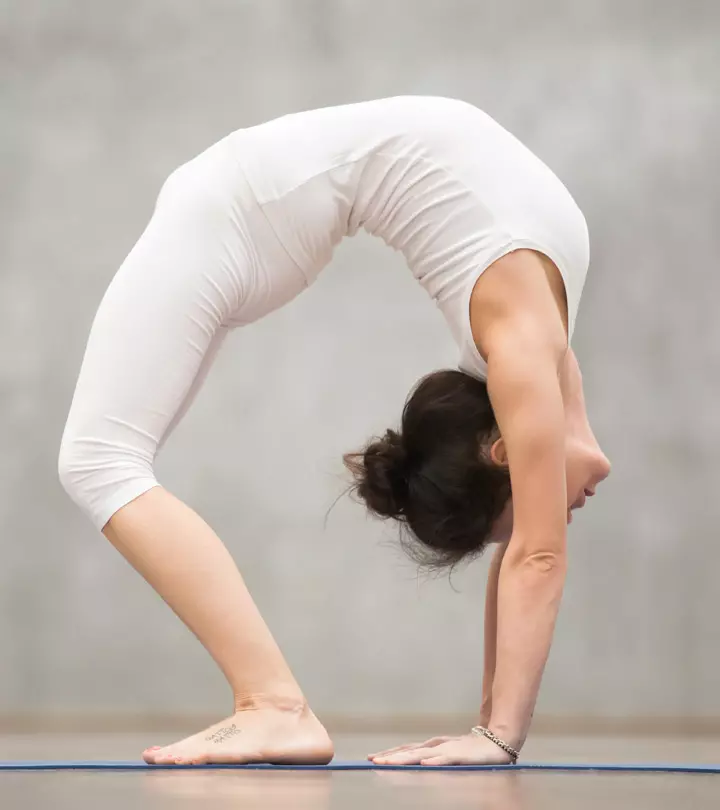
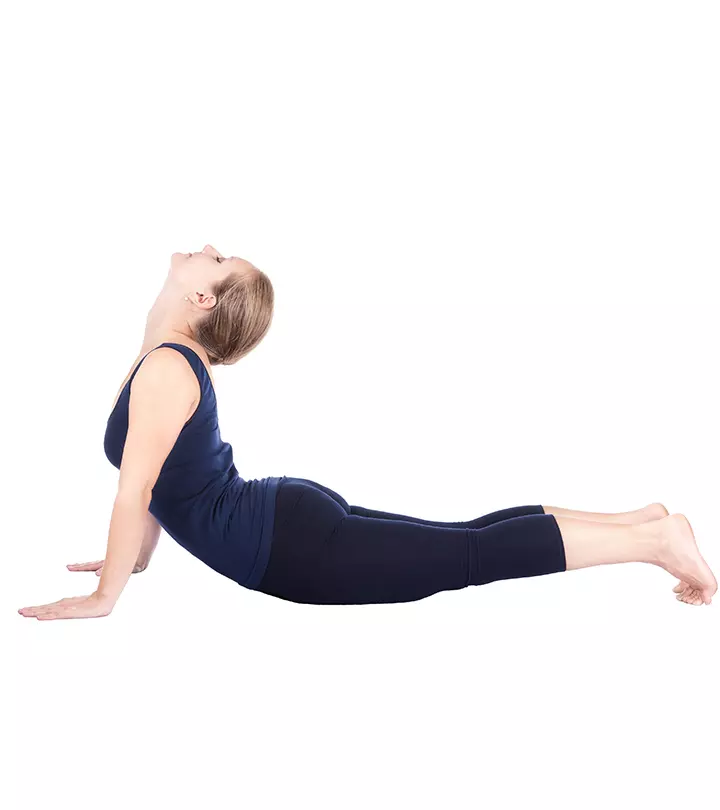

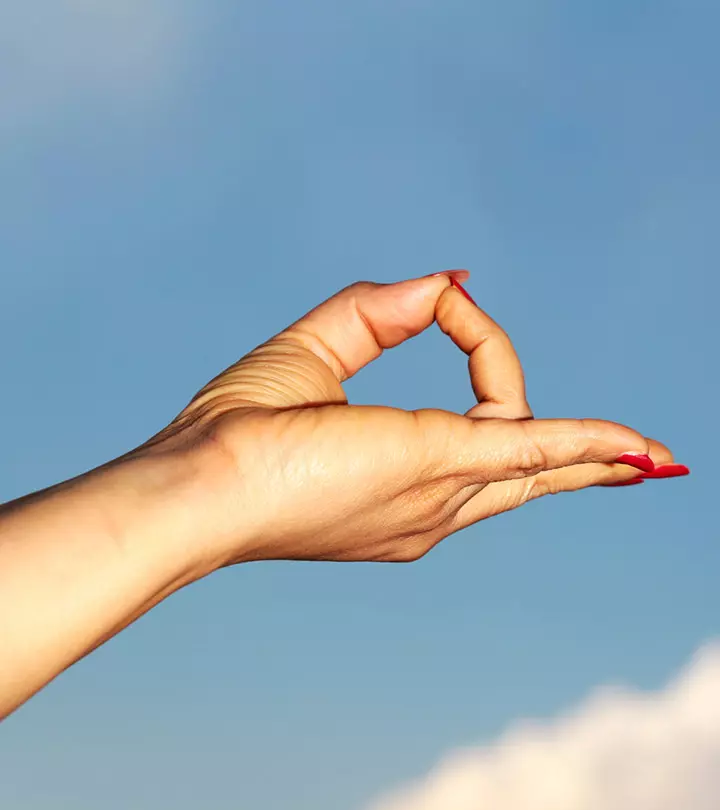
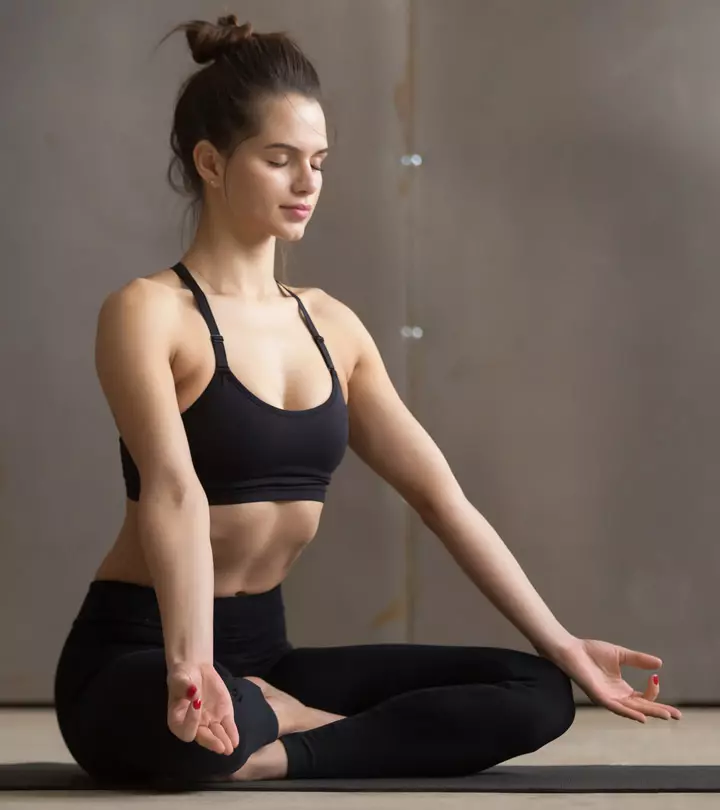
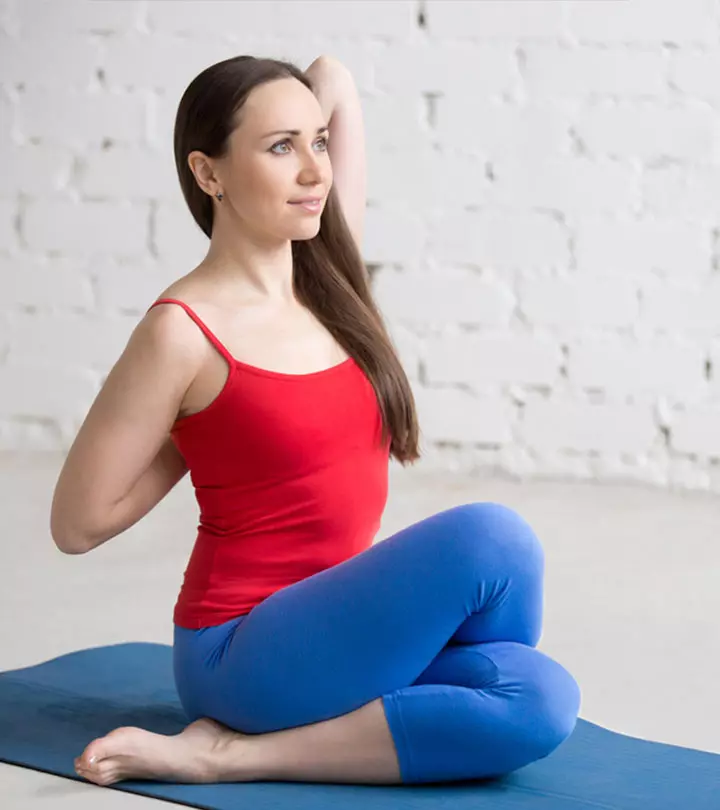

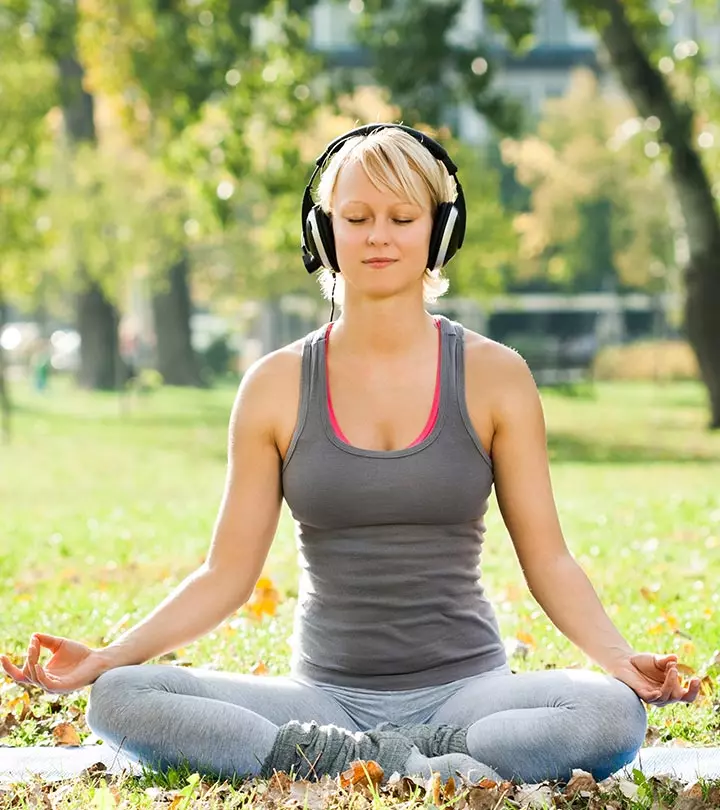
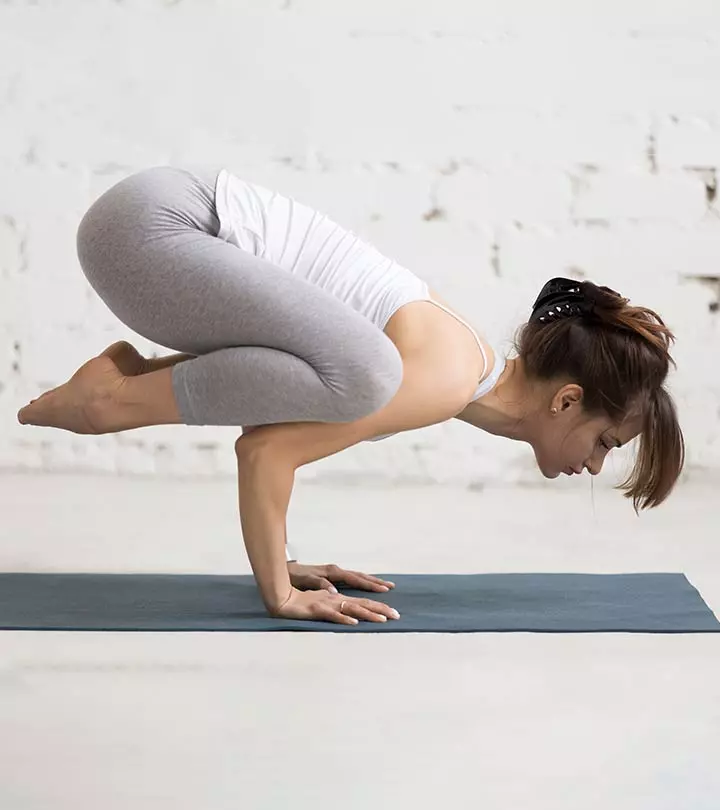


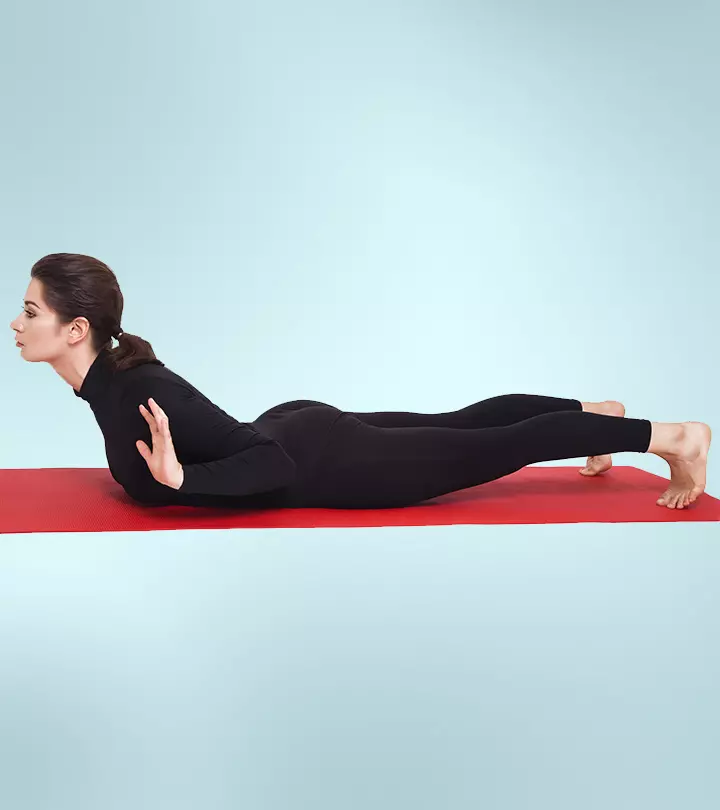
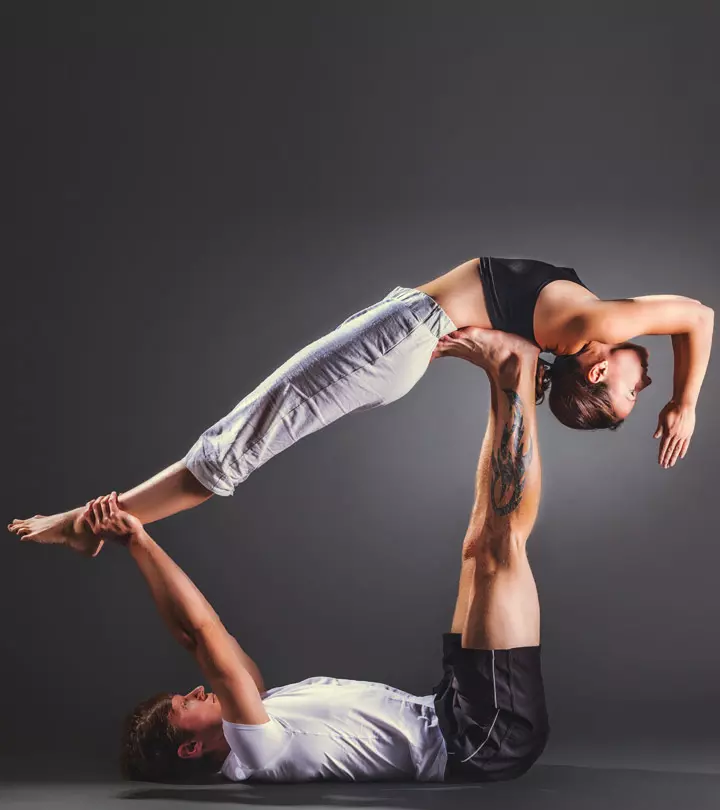
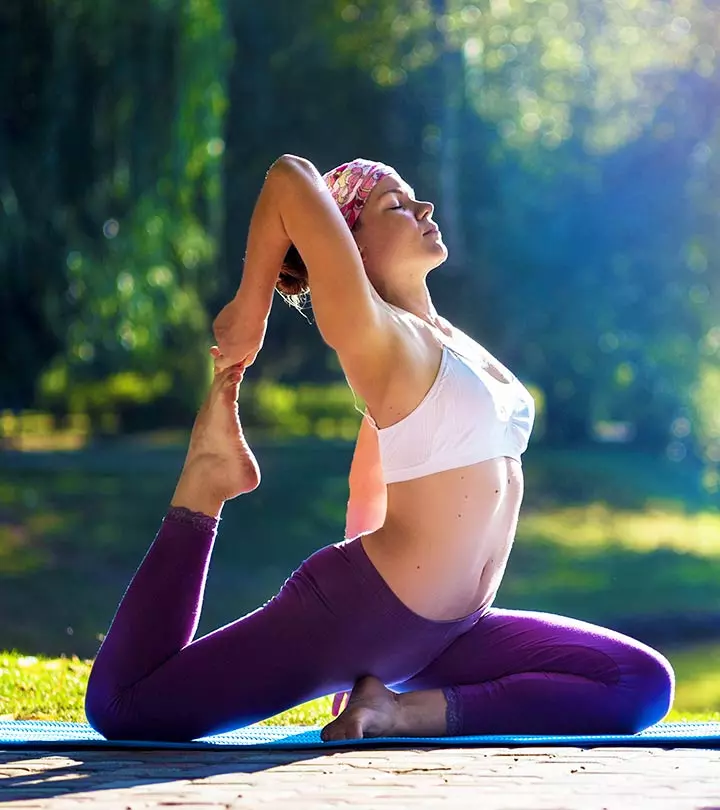
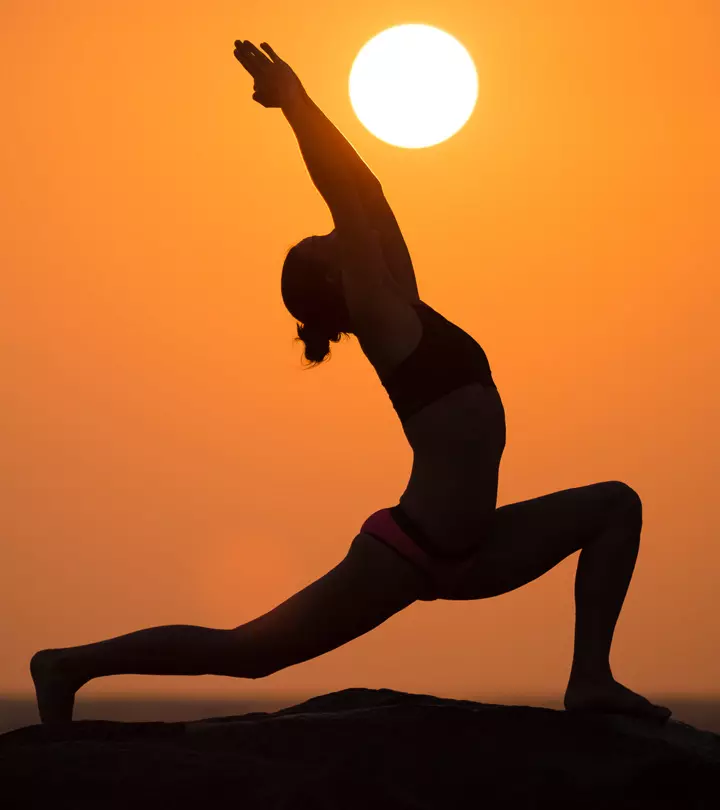
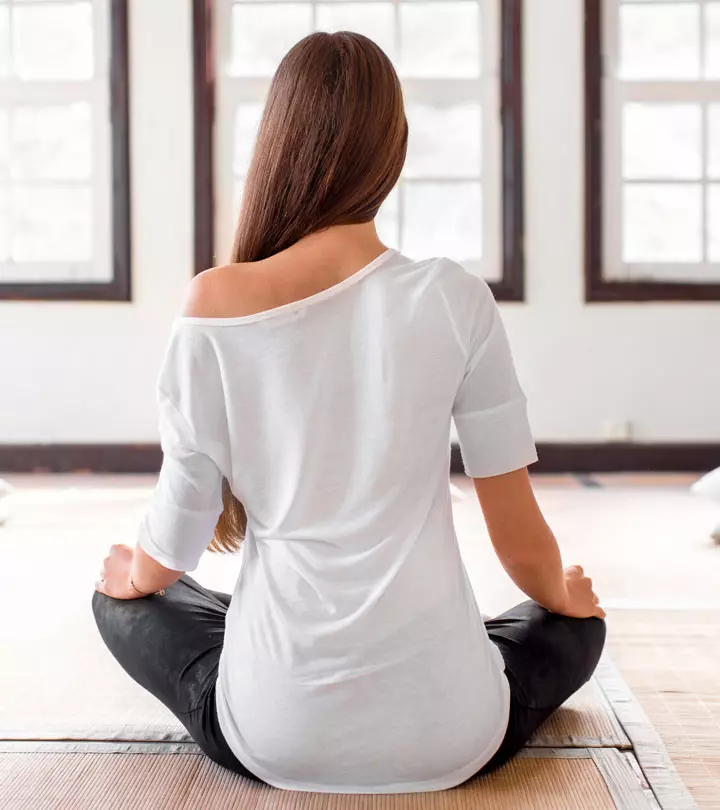
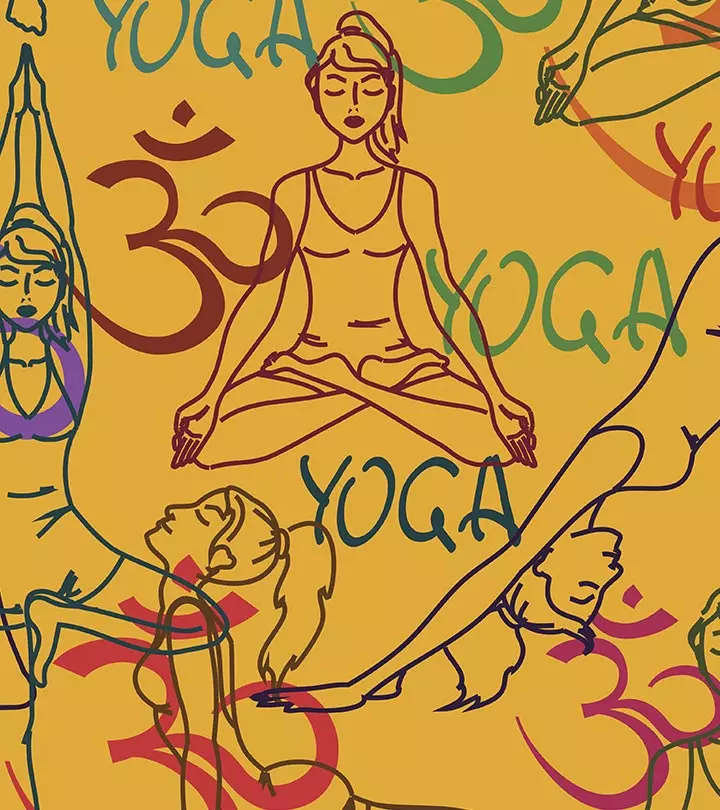
Community Experiences
Join the conversation and become a part of our empowering community! Share your stories, experiences, and insights to connect with other beauty, lifestyle, and health enthusiasts.